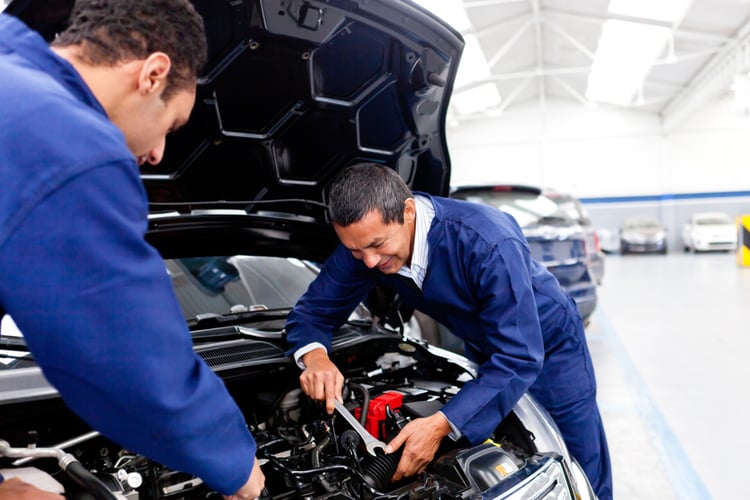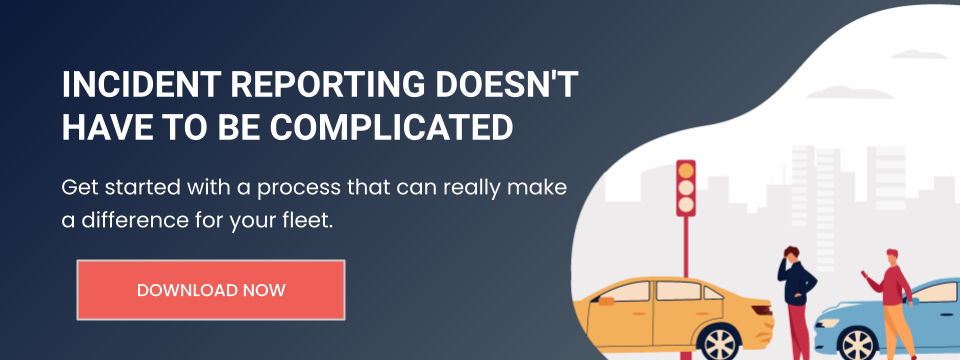
The Health and Safety Authority (HSA) of Ireland's report on work-related vehicle safety focuses on the contributing factors to incidents in the workplace, highlighting the importance of load securing and raising awareness of the risks relating to “mental switch-off” in repetitive jobs.
According to the Occupational Health and Safety (OSH) report issued by the European Agency for Safety and Health at Work, the transport sector is one of the fastest growing sectors in the European economy, one that is also affected by significant changes. A growing proportion of workers are women, migrant and part-time, the workforce is rapidly ageing, and there are continual technological innovations within the industry.
Transport workers are exposed to a variety of physical risks; the tasks are repetitive, monotonous, and the working hours are often unorthodox. Consequently, there is stress, fatigue, and higher accident rates. This is why safety agencies and official organisations are putting an extra effort into campaigning to minimise the dangers of transport occupations.
In order for your company fleet to have an accurate safety policy and diminish the risk of incidents, you need to be aware of the most common types of accidents.
According to the HSA, these are the most frequent types of accidents involving vehicles in the workplace:
- People hit by moving vehicles
- People falling from vehicles
- People hit by objects falling from vehicles or vehicles overturning
- People injured during vehicle maintenance
Most fatal incidents occur when:
- While reversing
- In slow-speed manoeuvres
- When loading or unloading
- Coupling or uncoupling
The good news is that technology offers a number of features and devices able to monitor a driver's behaviour, minimise the risks of collisions, and highlight the possibility of fatigue. Technology, together with appropriate driver training and enhanced driver awareness, can almost certainly improve safety at work.




